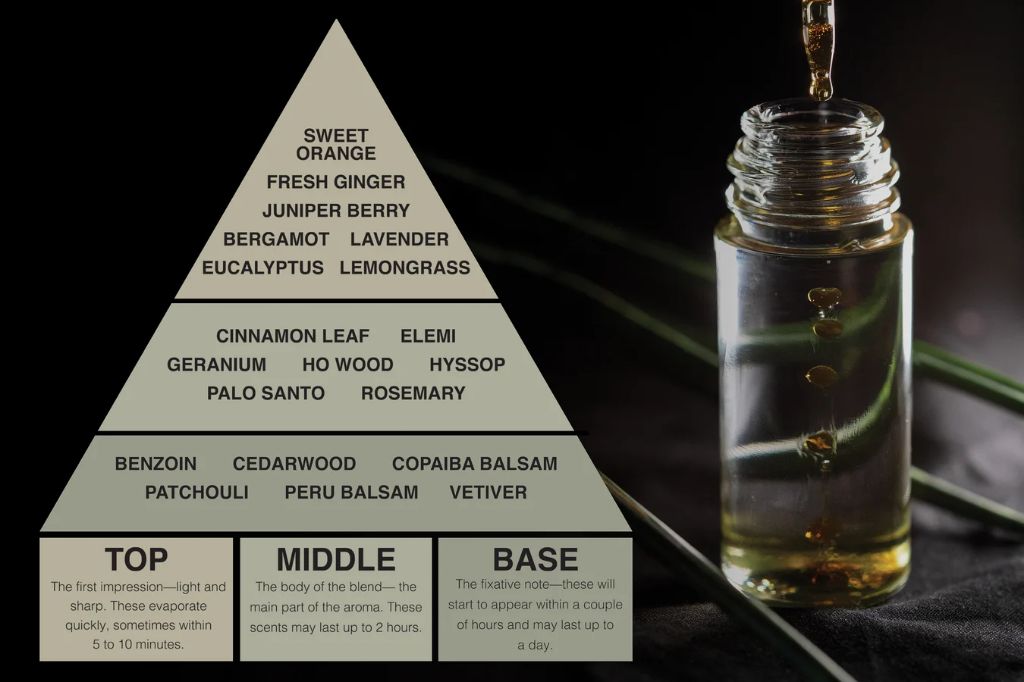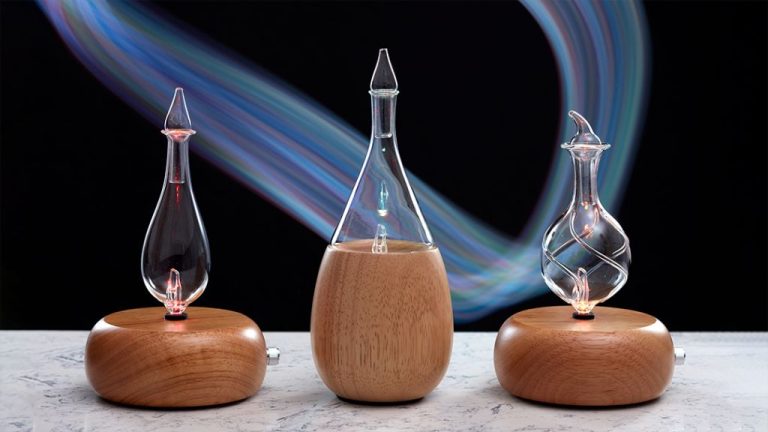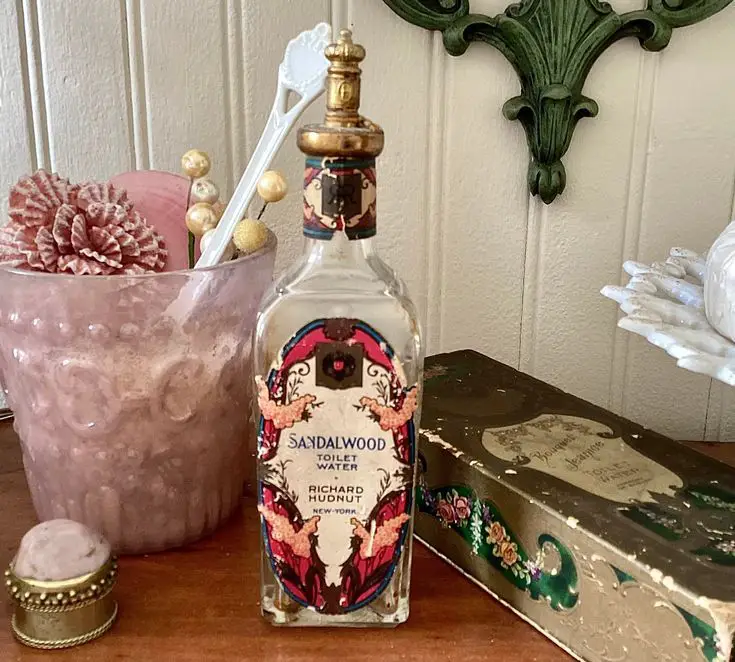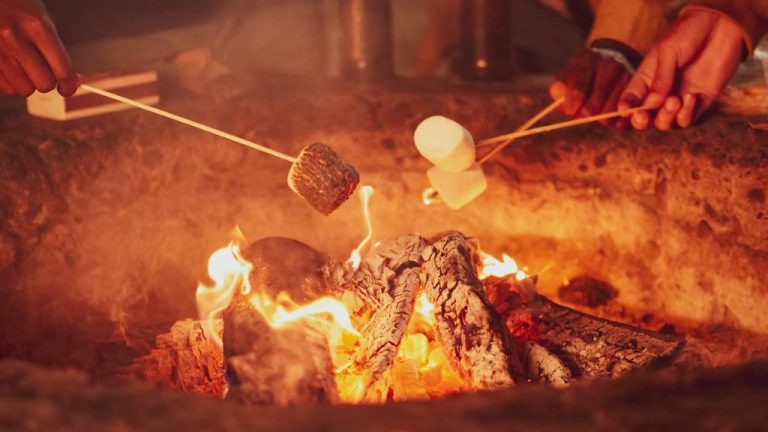What Essential Oils Smell Good Together In Candles?
Mixing essential oils in candles has become increasingly popular due to the many benefits of aromatherapy. When essential oils are heated in a candle, they release natural fragrances into the air. These aromas can help create a relaxing or uplifting environment, promote wellbeing, and even help treat some conditions.
According to research, the scents from essential oils can benefit mood, stress levels, and sleep quality [1]. The aromatherapy experience of an essential oil candle allows people to enjoy these advantages in a simple, pleasant way in their own homes. It’s an affordable and accessible way to incorpor
Top Note Oils
Top note essential oils are characterized by light, fresh, uplifting scents that are perceptible immediately upon exposure. When used in candle making, top note oils help establish the initial aroma people smell when lighting a candle. Some of the most popular top note essential oils for candles include:
Citrus Oils: Citrus essential oils like lemon, orange, grapefruit, and lime have bright, energizing scents perfect for candles. According to the Complete Guide to Essential Oils, citrus oils are commonly categorized as top notes due to their volatile chemical composition that makes their aroma quickly detectable1.
Herbals: Herbal essential oils like lavender, chamomile, peppermint, and eucalyptus have fresh, relaxing aromas. As Fresh Skin explains, the menthol in peppermint makes it a popular top note, while the camphor content of eucalyptus also gives it a strong initial scent2.
Middle Note Oils
Middle note essential oils form the heart of a fragrance blend. They emerge once the top notes fade and linger longer than the top notes. Most essential oils fall into the middle note category, including many floral and spicy oils that provide appealing scents for candles.
Popular floral middle note oils for candles include:
- Geranium – With its sweet, floral rose-like scent, geranium is one of the most commonly used middle note oils. It blends well with most oils and helps anchor other fragrances.[1]
- Rose – Rose oil delivers a rich, full-bodied rose fragrance perfect for floral candles. However, it can be quite expensive due to low yields during distillation.
- Ylang Ylang – This oil has an exotic, sensual floral aroma. A little goes a long way, as ylang ylang can be overpowering in high concentrations.
Spicy middle note oils like cinnamon, clove, and nutmeg add warmth and complexity to candle blends. They are strong scents, so use sparingly:
- Cinnamon – With its familiar sweet-spicy aroma, cinnamon oil provides a cozy feel.
- Clove – Clove bud oil has a sharply sweet, warming scent. It blends well with citrus and spice oils.
- Nutmeg – This oil has a robust, spicy-sweet fragrance. A small amount suffices when blending.
When combining middle note oils, start with a base floral like lavender, then add small amounts of spices or exotic florals. Let the middle notes mingle before adding top and base notes.
[1] https://en.wikibooks.org/wiki/Complete_Guide_to_Essential_Oils/A_to_Z_of_essential_oils
Base Note Oils
Base note oils, also called “fixatives”, provide lasting fragrance in a candle blend. They are often deep, woodsy scents that anchor the ephemeral top and middle note fragrances. Some of the most popular base note essential oils for candles include:
Woodsy oils like cedarwood and sandalwood give a deep, earthy base note. Cedarwood provides a sweet, woody aroma that blends well with citrus and floral oils [1]. Sandalwood has a rich, creamy scent that works nicely with rose or bergamot [2].
Resins like frankincense and myrrh have a balsamic, slightly medicinal fragrance. The complexity of frankincense complements many blends, especially citrus and spices [2]. Myrrh adds a smoky element that pairs well with woodsy and herbaceous notes [1].
Blending by Note
Blending essential oils by note is a common technique in candle making. This involves combining oils from different scent families with top, middle, and base notes to create a complex, evolving aroma. The benefits of blending by note include:

Allowing different scents to emerge over time. Top notes like citrus or floral oils will be most prominent when the candle is first lit. As they fade, heart notes like spice or herb oils come forward. Finally, base notes like wood or musk give staying power and dimension as the candle burns down.
Creating harmony and balance. Blending all three note categories creates a scent journey that evolves but doesn’t drastically change. Complementary notes enhance one another.
Some examples of blended note candles are:
Top: lemon + Middle: rosemary + Base: cedarwood
Top: bergamot + Middle: lavender + Base: vanilla
Top: tangerine + Middle: basil + Base: musk
Leaving candle wicks a little longer and not curing the candle too long before burning allows the top notes time to emerge as the candle is first lit. Then the middle and base notes will shine through as the candle burns down. Blending by note results in complex, intriguing fragrances.
Source: https://www.candlescience.com/learning/fragrance-oil-blending-101/
Blending by Scent Family
One of the easiest ways to blend essential oils is by using oils from the same scent family. Oils within a family typically share similar aromatic qualities and will blend seamlessly together. This helps create cohesive and harmonious aromas.
Some of the most popular scent families for candles are:
- Floral – like lavender, geranium, ylang ylang
- Citrus – such as lemon, grapefruit, bergamot
- Minty – including peppermint, spearmint, eucalyptus
An example floral blend for candles could be lavender, neroli, and rose. For a refreshing citrus candle, you may combine lemon, lime, and grapefruit.
Blending within families produces complementary scents that enhance each other. However, contrasting scents from different families can also create pleasant, complex aromas. For instance, pairing minty eucalyptus with floral jasmine or citrusy tangerine with spicy clove.
When blending across families, use a light hand and test frequently, as the aromas can compete. But with careful blending, you can achieve a unique, sophisticated scent.
Safety Tips
When using essential oils in candles, it’s important to follow safety precautions to avoid issues. Here are some key tips:
Dilute oils properly and use low dosages. Essential oils are highly concentrated and can irritate eyes and skin if not diluted correctly. Aim for 1-3% dilution for candlemaking (source).
Consider skin sensitivity. Some essential oils like cinnamon and clove can cause skin irritation. Avoid problematic oils if making candles for sensitive individuals (source).
Use proper wick sizes to ensure complete burning. Candles with wicks that are too small can leave oils unburned, creating soot. Follow wick guidelines for the candle diameter (source).
Ensure proper ventilation when burning to allow dissipation of oils. Burn candles in open spaces and for limited time periods to prevent buildup of oils.
DIY Recipes
Here are some DIY essential oil candle recipes for beginner, intermediate and advanced candle makers:
Beginner Recipe
This simple beginner recipe only requires 2 essential oils:
- 20 drops lavender essential oil
- 10 drops eucalyptus essential oil
Melt soy wax as directed and add the essential oils once cooled slightly. Pour into containers and allow to fully cure before lighting.
Intermediate Recipe
Try this blend of complementary essential oils:
- 15 drops bergamot
- 10 drops ylang ylang
- 5 drops patchouli
As before, add to melted soy wax, pour into containers, and cure completely before use. Bergamot, ylang ylang, and patchouli make a pleasant, complex scent.
Advanced Recipe
For more advanced candle makers, try this sophisticated blend:
- 12 drops rosemary
- 8 drops peppermint
- 6 drops grapefruit
- 4 drops cypress
The quantities can be adjusted to suit your preferences. Allow the candle to cure for 1-2 weeks before lighting for best results.
Storing and Curing
Properly storing unused essential oils and allowing newly made candles to cure is crucial for maximizing scent throw and longevity. Here are some tips:
Storing Unused Oils
Keep essential oils in dark, cool places to help preserve the aromatic compounds. Store them away from light sources like windows or bright lamps which can cause the oils to deteriorate faster. Refrigeration can extend the shelf life of infrequently used oils, but take care not to freeze them. Tightly sealed, amber or blue glass bottles are ideal for storage.
Check on oils periodically to ensure they still smell potent and haven’t lost their aroma. Replace any that smell weak or seem discolored. With proper storage, most essential oils can last 1-2 years. Citrus oils have shorter shelf lives around 6-12 months.
For more tips, refer to this in-depth guide on storing essential oils properly.
Curing Candles
Allow freshly poured candles to cure for 1-2 weeks before lighting to fully harden the wax and achieve optimal hot throw. During this time, fragrance oils diffuse throughout the wax to create an even scent distribution.
Store curing candles in a dry area away from extreme temperatures. Monitor for complete pool-out and verify scent throw prior to gifting or selling finished candles.
Check out this article for more on proper candle storage during the curing process.
Conclusion
In summary, blending essential oils in candles can provide delightful aromas and mood-enhancing benefits. By combining top, middle, and base note oils, you can create complex scents with top notes providing immediate aroma, middle notes rounding out the scent, and base notes anchoring the blend.
Grouping oils by scent families like citrus, floral, herbaceous, spicy, earthy, and woodsy is another effective blending technique. Test different oil combinations to find pleasing aromas. Refer to usage and safety guidelines, as some oils require caution.
Blending essential oils for homemade candles is an enjoyable DIY project. Experiment with the suggested oil blend recipes to create personalized scents. Properly storing the candles while they cure will help the aroma develop fully. Enjoy the calming, energizing, or uplifting scents of your custom creations.





